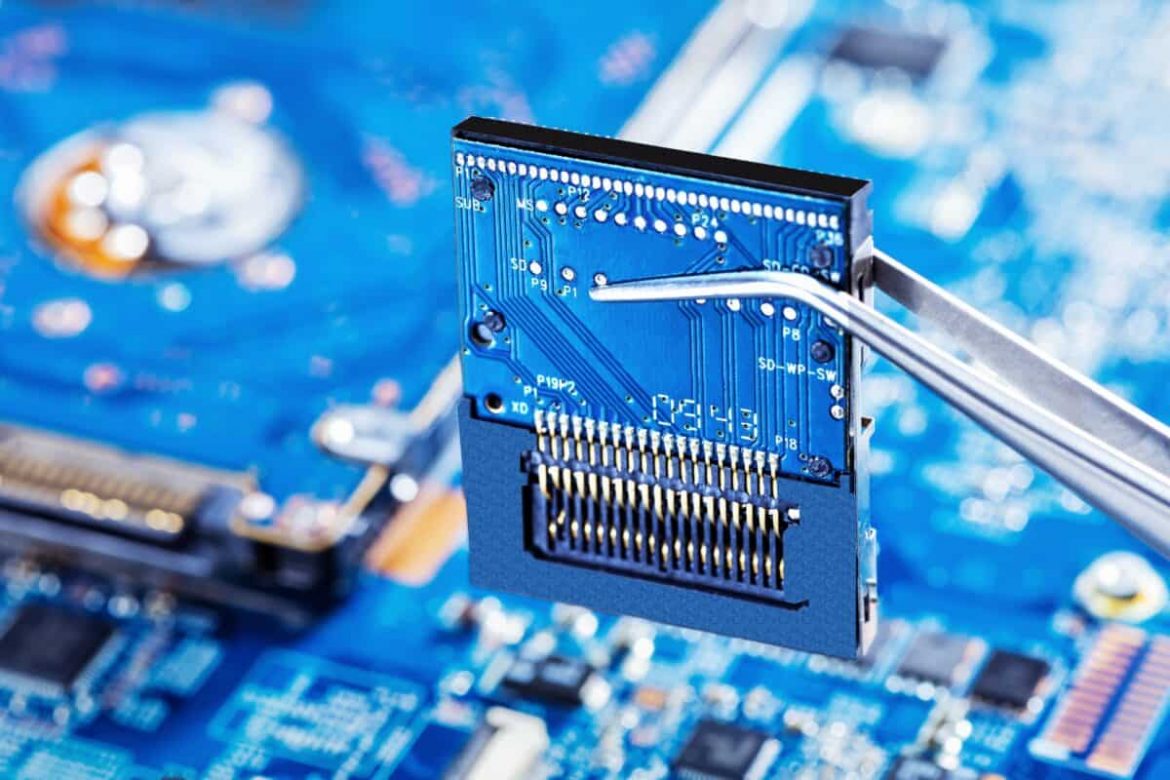As technology continues to advance at an unprecedented pace, the microchip remains at the heart of it all. From smartphones to supercomputers, these tiny devices are the building blocks of modern computing. But what is the most complicated microchip, and how does it work?
At its core, a microchip is a collection of transistors, tiny switches that can be turned on or off to represent binary code. The more transistors a chip has, the more complex its processing capabilities. Today's most advanced microchips contain billions of transistors, allowing them to perform trillions of calculations per second.
But what sets the most complicated microchip apart from the rest? One contender is the IBM z15, a mainframe computer chip that boasts over 30 billion transistors. This chip is designed for high-security, high-performance computing, with features like encryption and partitioning to protect sensitive data.
Another contender is the NVIDIA A100, a graphics processing unit (GPU) with over 54 billion transistors. This chip is optimized for artificial intelligence and machine learning, with specialized hardware for tasks like matrix multiplication and convolution.
Despite their complexity, these microchips are just the tip of the iceberg. As technology continues to evolve, we can expect even more advanced chips with even more transistors. But with this complexity comes new challenges, like managing heat dissipation and ensuring reliability.
In conclusion, the most complicated microchip is a marvel of modern engineering, with billions of transistors working in harmony to power our digital world. As we continue to push the boundaries of what's possible, we can only imagine what the future holds for these tiny but mighty devices.


